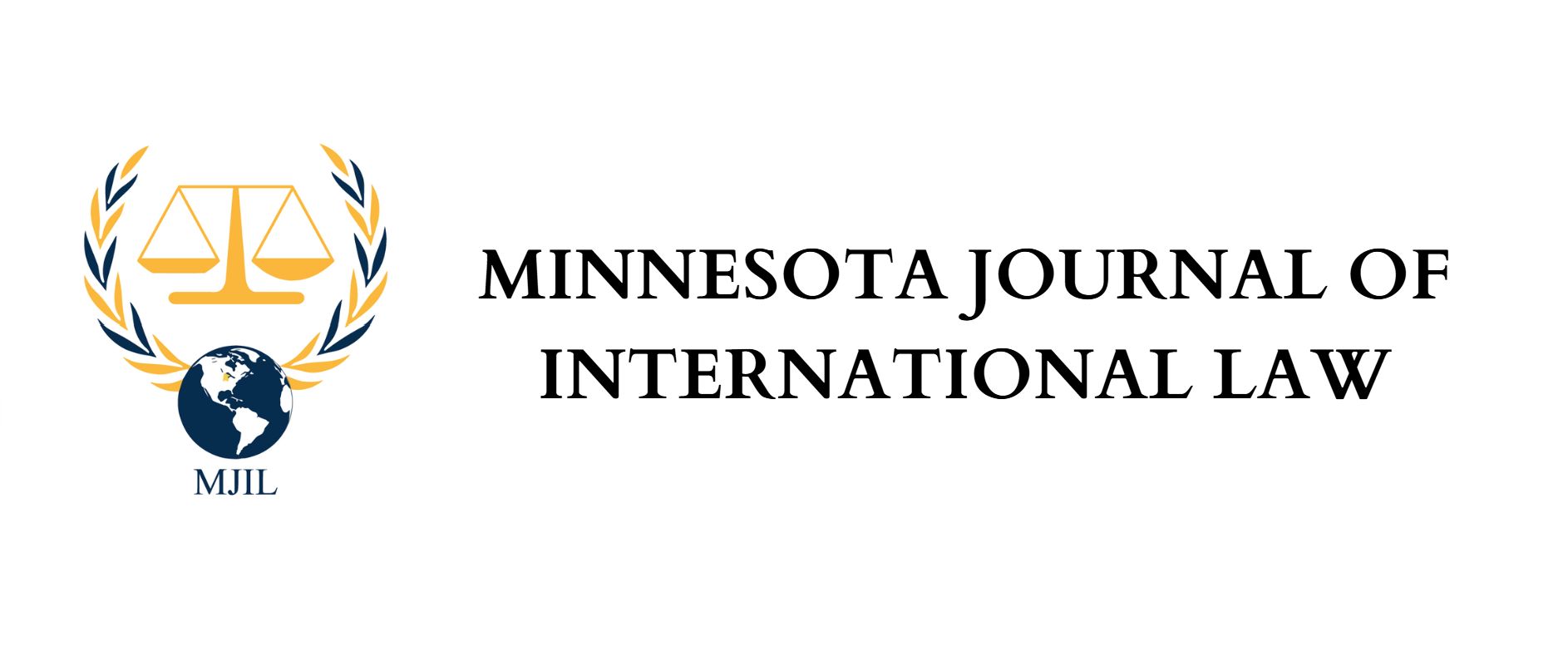Tracking International Tax Avoiders, Brooke Meister
Tax season is coming up for US based taxpayers and while the subject of tax is often the pinnacle of boredom for many, it is of vital importance to nearly every important topic that individuals and governments of all levels interact with.
While tax itself can be a snooze, tax evasion and offshore accounts get their fair share of press coverage. In the past fifteen years, four large data leaks and countless articles from investigative journalists have exposed pieces of the vast system of tax avoidance employed by individuals and governments.[1] In all, the WikiLeaks dump and Panama, Paradise, and Pandora Paper leaks unveiled over $5.6T being sheltered in “tax havens” or offshore financial centers (OFCs)—places with little to no corporate taxes and similarly favorable disclosure rules.[2] Using a series of complicated holding companies, structures, and subsidiaries, trillions has been (and surely continues to be) held from tax authorities all around the world. While tax avoidance and aggressive tax planning are technically legal, similar mechanisms have been tied to illicit financial flows (IFFs) and criminal acts such as money laundering, racketeering, cartel activities and much more.[3] Furthermore, as the world grows more interconnected and entangled, the scene for international tax havens has shifted from an account in the Cayman Islands to a series of webs that crisscrosses the globe, even doubling back on itself.[4] Some of these loopholes are widespread enough to warrant names, like the “Double Dutch, Irish Sandwich”. The United States has even recently emerged as a potential tax haven, both federally and state-by-state.[5]
Multiple solutions have been put forth by national and international actors to curtail the use of these tax workarounds. The Organization for Economic Cooperation and Development (OECD) enacted its groundbreaking Base Erosion and Profit Shifting (BEPS) initiative, proposing solutions and model rules for nations and international bodies to adopt.[6] The BEPS program has so far impacted thousands of tax treaties.[7] The OECD has also put forward proposals for a global minimum corporate tax of 15% to eliminate the advantage that tax havens provide for individuals and multinational corporations.[8]
One method to identify companies more likely to be playing the system was proposed by Richard Phillips, Hannah Petersen, and Ronen Palan. The authors put forth a model based upon how much of a global parent companies total operating income or net income is held by offshore subsidiaries.[9] If a company has greater than 50% of its income under the control of offshore subsidiaries, it may be more likely that that company is engaging in aggressive tax planning.[10] The authors also describe “in-betweeners”—subsidiary companies located in OFCs that themselves control other subsidiaries. This is contrasted with “standalones” or subsidiaries that are parked in OFCs at the end of a chain of subsidiary ownership.[11] The authors propose that companies that utilize more “in-betweeners” are more likely to be aggressive in their tax avoidance, as the “in-betweener” creates a bottleneck for taxes and disclosures in the chain of ownership, potentially giving the company significant advantages when it comes to tax rates and disclosures.
[1] Shahjahan Bhuiyan, The Pandora Papers Opens up Pandora’s Box: Integrity in Crisis, 25 Pub. Integrity 245, 247 (2023).
[2] Pandora Papers: A simple guide to the Pandora Papers leak, BBC.com (Oct. 5, 2021) https://www.bbc.com/news/world-58780561.
[3] UNCTAD and UNODC, Conceptual Framework for the Statistical Measurement of Illicit Financial Flows (2020).
[4] Sara Dillon, Tax Avoidance, Revenue Starvation and the Age of the Multinational Corporation, 50 Int’l L. 275 (2017).
[5] Noam Noked & Zachary Marcone, The International Response to the U.S. Tax Haven, 48 Yale J. Int’l L. 177 (2023).
[6] ; OECD, Model Mandatory Disclosure Rules for CRS Avoidance Arrangements and
Opaque Offshore Structures, (2018), www.oecd.org/tax/exchange-of-information/
model-mandatory-disclosure-rules-for-crs-avoidance-arrangements-and-opaque-offshorestructures.pdf.
[7] OECD Centre for Tax Policy and Administration, A Year in Review, OECD, (2022).
[8] Richard Partington, OECD deal imposes global miimu corporat tax of 15%, Guardian, (Oct. 8, 2021) https://www.theguardian.com/business/2021/oct/08/oecd-deal-imposes-global-minimum-corporate-tax-of-15.
[9] Richard Philips et al., Group subsidiaries, tax minimums and offshore financial centres: Mapping organizational structures to establish the ‘in-betweener’ advantage, 4 J. of Int’l Bus. Pol. 286, 286, (2021).
[10] Id at 299.
[11] Id at 294.
